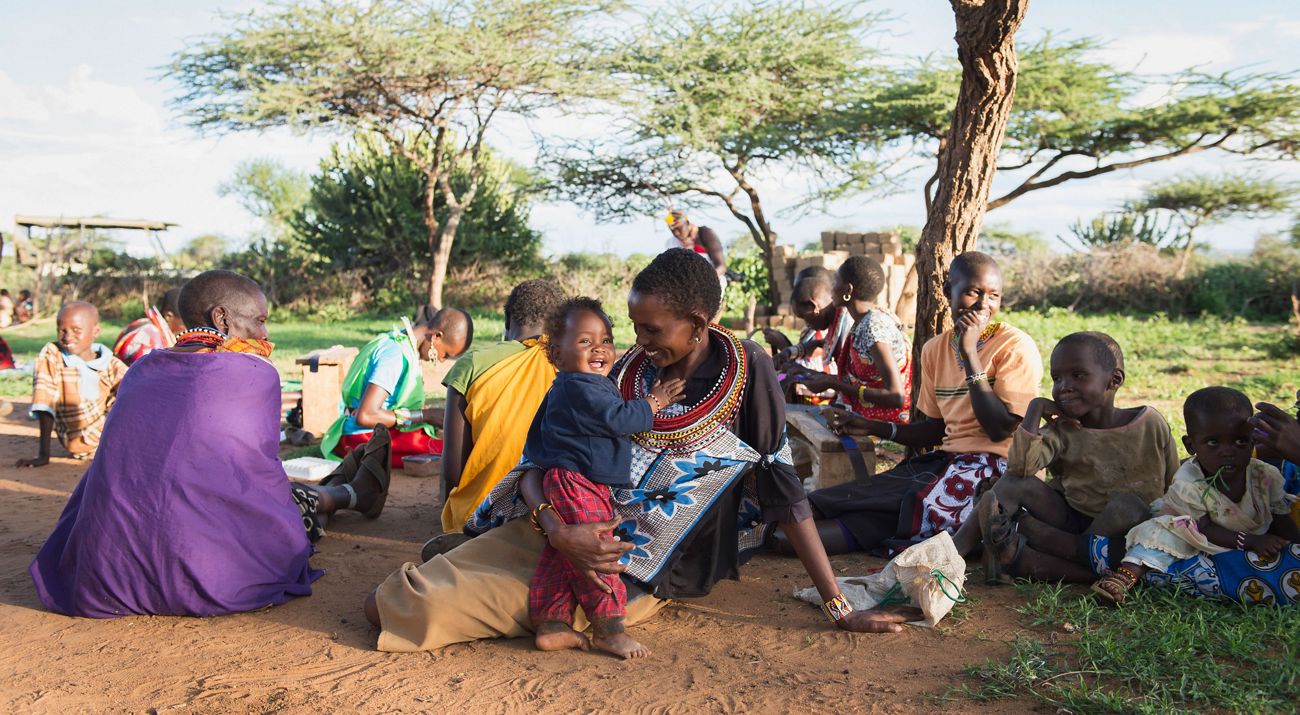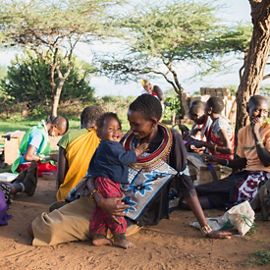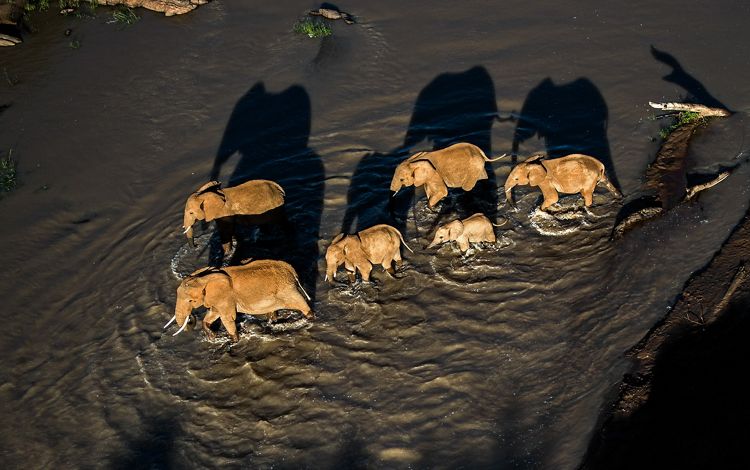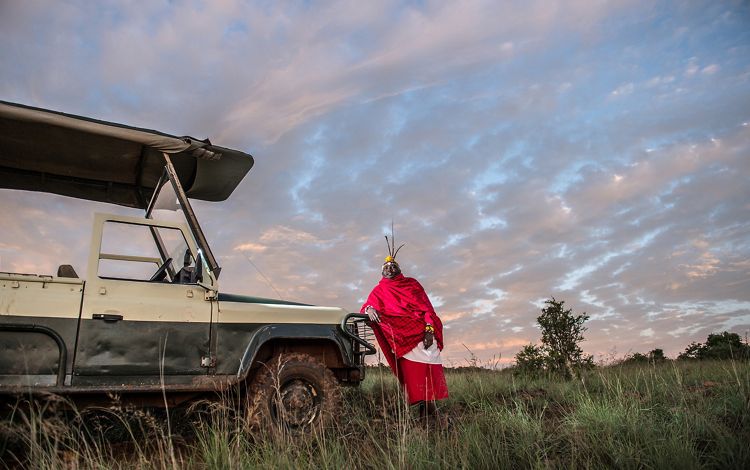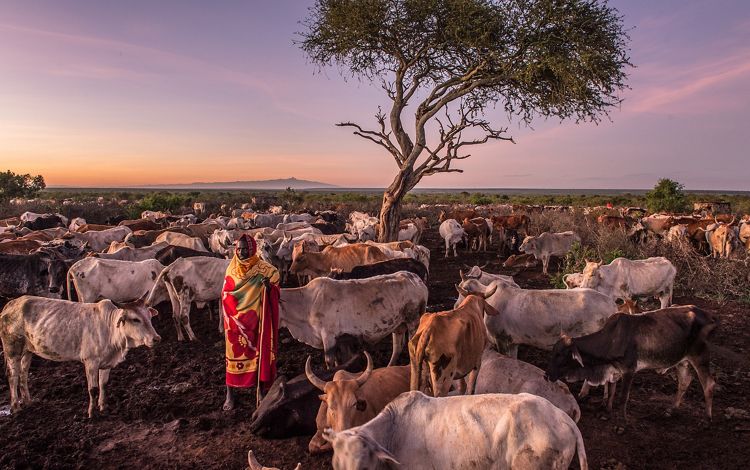Description
Conservation for Wildlife and People
The 56,000-acre Loisaba Conservancy is managed sustainably to conserve wildlife habitat and has created over 200 jobs, developed schools and healthcare clinics, and provided managed grazing access for local communities. TNC and partners—Space for Giants, Loisaba Community Conservation Foundation, Elewana, and the Loisaba Conservancy—are improving grazing access for neighboring communities, jobs in ecotourism and ranching, revenues reinvested into neighboring communities (schools, healthcare clinics), and the property’s conservation value.
Wildlife
Loisaba Conservancy provides a safe haven for more than 260 species of birds and 50 species of mammals, including lions, wild dogs, reticulated giraffe, and the endangered Grevy’s zebra. It also lies within an important movement corridor for the country’s second-largest population of elephants.
Community
Loisaba has served as an anchor for local—mostly Samburu—communities for many years. By scaling-up ecotourism and grazing operations and expanding Livestock to Markets—a proven program that provides pastoralists in northern Kenya with improved market access in exchange for their efforts to protect their lands and wildlife—Loisaba Conservancy can become a self-sustaining revenue engine for peace, community development and wildlife conservation.
Green Initiatives
Loisaba is committed to low-impact tourism for its guests. Features include 100 percent solar power for tourism and its headquarters, greywater recycling systems for irrigation, and use of a “communal cooker,” which turns waste into energy and reduces the need for charcoal or fuel wood in the staff kitchen.
The Security Team
An anti-poaching security team—anchored by bloodhounds Warrior and Machine and their human handlers—work to protect wildlife and communities around Loisaba. The team does everything from tracking down poaching suspects to helping recover missing children in neighboring communities.
Giraffe Research
Giraffe populations have been in sharp decline over the past few decades, and in late 2016 the species was re-classified as a “vulnerable” on the IUCN Red List. A new research program at Loisaba Conservancy is using innovative tools to help scientists understand the threats to reticulated giraffes.
Loisaba Conservancy represents the future of conservation in Kenya—a collaborative approach that protects landscapes, wildlife, and livelihoods.
